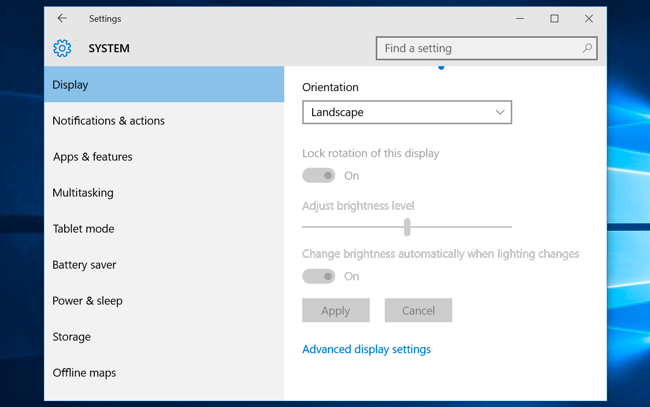- Fix Brightness Control Missing; Can’t Adjust Brightness in Windows 10. The brightness slider on Windows 10 could be missing or greyed out due to various reasons, either due to a graphics driver problem or maybe a bug with the latest version of Windows. Here’s the list of methods we will be following in order to get the brightness slider fixed.
- If your iPhone brightness not working in iOS 11 caused by some errors in iOS settings, you can try to fix this issue by resetting all settings on iPhone. And this operation won't cause any data loss, do it without worry. Go to 'Settings' 'General' 'Reset' 'Reset All Settings'.
Select action center on the right side of the taskbar, and then move the Brightness slider to adjust the brightness. (If the slider isn't there, see the Notes section below.)


While I love Windows 10 so far, there is one major annoyance: brightness adjustment no longer works! When you press Function Key + Brightness Up/Down, the onscreen brightness meter pops up but the actual brightness adjustment does not work 🙁.
Some PCs can let Windows automatically adjust screen brightness based on the current lighting conditions. To find out if your PC supports this, go to Settings > System > Display. Under Brightness and color, look for the Change brightness automatically when lighting changes check box, and then select it to use this feature. This automatic setting helps make sure your screen is readable wherever you go. Even if you use it, you can still move the Change brightness for the built-in display slider to fine-tune the brightness level.
Notes:

Brightness Setting Not Working Windows 7
You might not see the Change brightness for the built-in display slider on desktop PCs that have an external monitor. To change the brightness on an external monitor, use the buttons on it.
The Brightness slider appears in action center in Windows 10, version 1903. To find the brightness slider in earlier versions of Windows 10, select Settings > System > Display, and then move the Change brightness slider to adjust the brightness.
If you don't have a desktop PC and the slider doesn't appear or work, try updating the display driver. In the search box on the taskbar, type Device Manager, and then select Device Manager from the list of results. In Device Manager, select Display adapters, then select the display adapter. Press and hold (or right-click) the display adapter name, then select Update driver and follow the instructions.